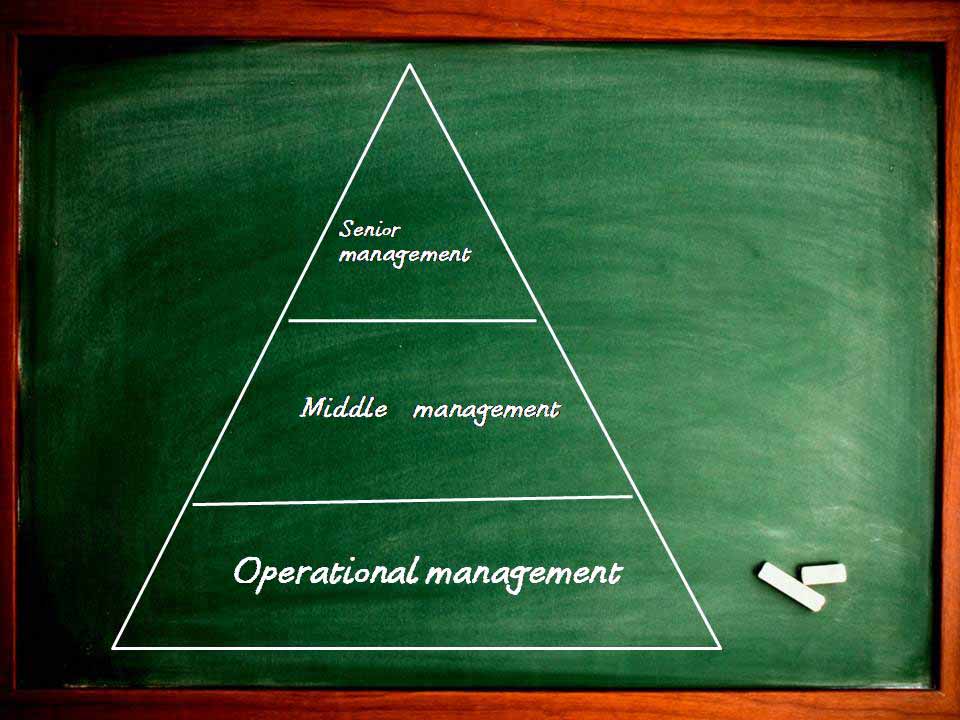Nowadays, information technology and information systems are uprisings in firms and many other industries. Also, they are becoming the biggest unit of capital investment in the united states, and other industrial societies. Information systems are delivering information to accomplish the goals and objectives of an organization. So information systems are essential for conduct day to day activities in a firm. Also, it brings value to the firm.
Definitions for information systems
An information system is a collection of inter-connected elements that collect or recover, process, store, and deliver information to support the process of an organization to help decision making and control in an organization.
Information system Is a study of interrelated networks that includes hardware and software that people and firms use to collect, retrieve, process, create, storage and deliver data.
Information systems can be also used to create products, develop products, run electronic markets, analyze problems and more and more.
Benefits of IS
These days with modern technology any organization, any industrial sector, or a person can definitely boost productivity. There are so many benefits to information systems.
- Organizations can save their time.
- Can make better decisions easily.
- The ability to share information more easily and effectively.
- To increase productivity.
- To introduce new products and develop current products.
- It helps to manage the organization’s resources.
- It helps to reduce filling up paper works.
- Ability to collect and process information from various sources
- The firm can use its resources effectively and efficiently.
- Information systems help to increase organizational control.
Why business firms invest heavily in information systems
With the modern world business firms should be equipped with the up to date working process. So every organization needs to change with technology. Because nowadays most of the activities in an organization based on technology. Then the organization can run its business processes smoothly like a well-maintained vehicle.
There are six strategic business objectives to invest heavily in an information system. (i.) operational superiority. (ii.) New business models, new products, and services. (iii.) Customer & supplier familiarity. (iv.) improved decision making. (v.) competitive power. (vi.) survival.
Functions of an information system
In information systems, there are 3 main activities, (i.) Input (ii.) Process (iii.) Output. That produces information for the organization to fulfill the organization’s needs. In the input function, it collects raw data from various sources related to the organization or its environment. After that, from the processing function, those raw data are converted into a meaningful form. Then Output delivers that processed information to the related parties (customers, managers, shareholders, employees) who will use it.
There is another activity required for an information system, it is Feedback which is delivered information(output) that is the return to appropriate parties of the organization. To help them evaluate or recorrect the input stage.
so an information system makes value for the organization as a management and organizational solution to face the environmental challenges. IS includes information about the organization and its environment By using the above main functions ( input, process & output ).
To use information systems effectively requires an understanding of the management, firm, and information technology.
Dimensions of information systems
The information systems can represent three dimensions. It includes the management, organization, and technology element. The managers of the organization must understand the dimensions of systems and their power to give solutions for challenges and problems in the business environment.
Organizational dimensions of IS
Information systems are one of the parts of a firm. The information system will have a quality operating course of action and therefore the culture of a firm embedded within them.
The organization dimension of an information system includes
- The hierarchy of authority
- Different business functions
- Unique business processes
- Unique business culture and
- Organizational politics
Under the hierarchy of authority, there are three principal levels in an organization. They are senior management, middle management, and operational management. Also, an organization has scientists & knowledge workers. Usually, they work with middle management.

Top-level management (senior management) makes strategic decisions for the long-term, also they make sure about the financial performance in the organization. Middle management fulfills those plans from senior management. Then the lower level management (operational management) supervises the firm’s daily activities. Knowledge workers such as physicians, engineers, scientists, and design thinkers sketch new products and create them. Also, they give out new knowledge for the firm. Data workers such as clerks or secretaries proceeding organization paperwork
An organization arranges its work through various functions. The main functions of an organization are manufacturing & production, sales and marketing, human resources, and finance & accounting.
The manufacturing and production function designs new products and creates them. Also doing developments of existing products. The quality of the products is based on the firm’s manufacturing process and strategies.
Sales and marketing function carries out products and services in many ways, such as selling. Distribution, pricing, and promotion. This function helps to develop the market, increase market value, and attract customers. The human resource function manages the employees in the organization. It has many activities such as job design, job analysis, recruitment, selection, etc.…
The finance and accounting function supplies financial information in the organization to the stakeholders. It is useful for them to make better decisions. And also it is important for the firm’s financial performance
Every organization in the world has a unique culture organizational culture means a lot of shared suspicions that control what occurs in the firm by characterizing suitable conduct for different circumstances. Organizational culture determines the manner in which individuals and gathering cooperate with one another, with customers and partners. Likewise, business culture may impact how a lot of representation relates to their association.





